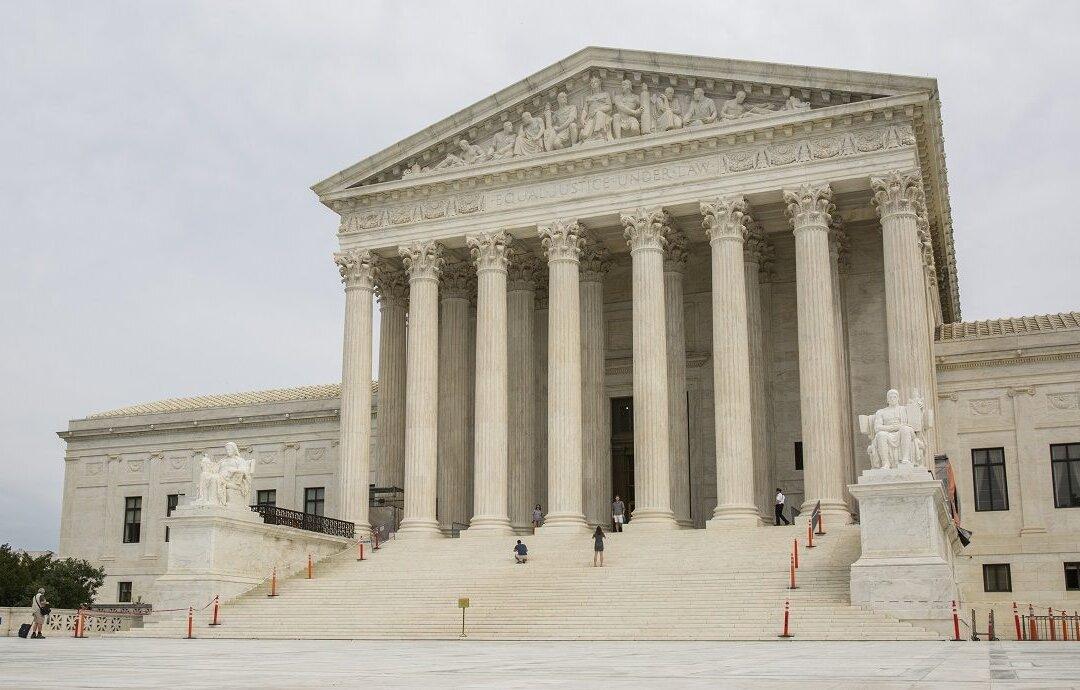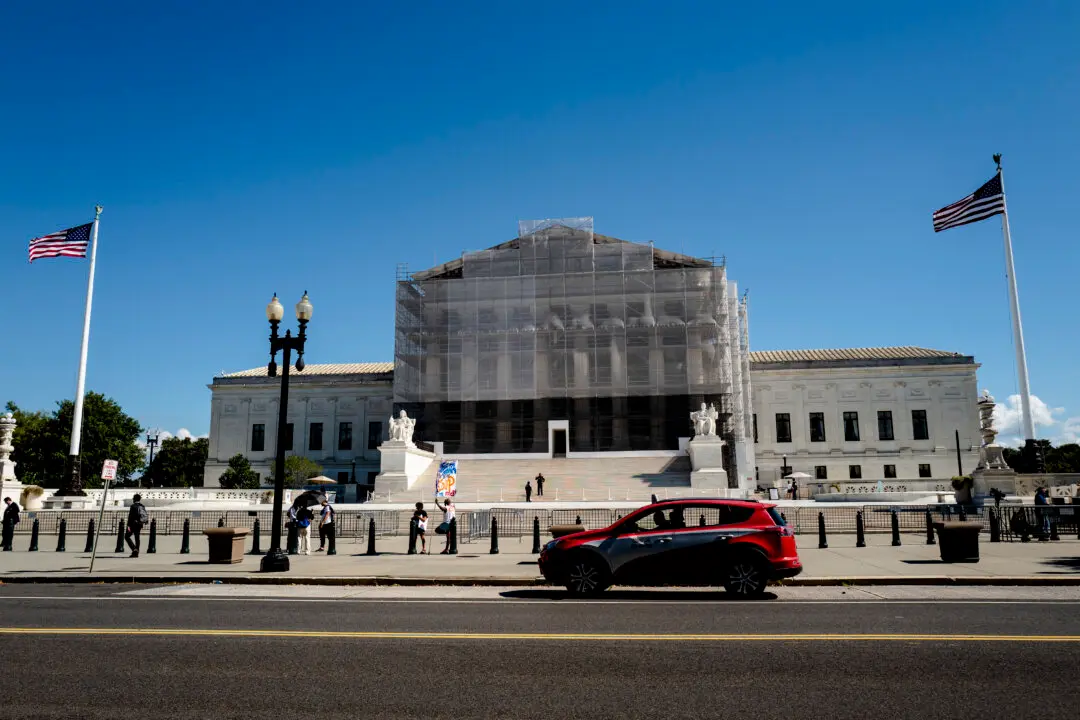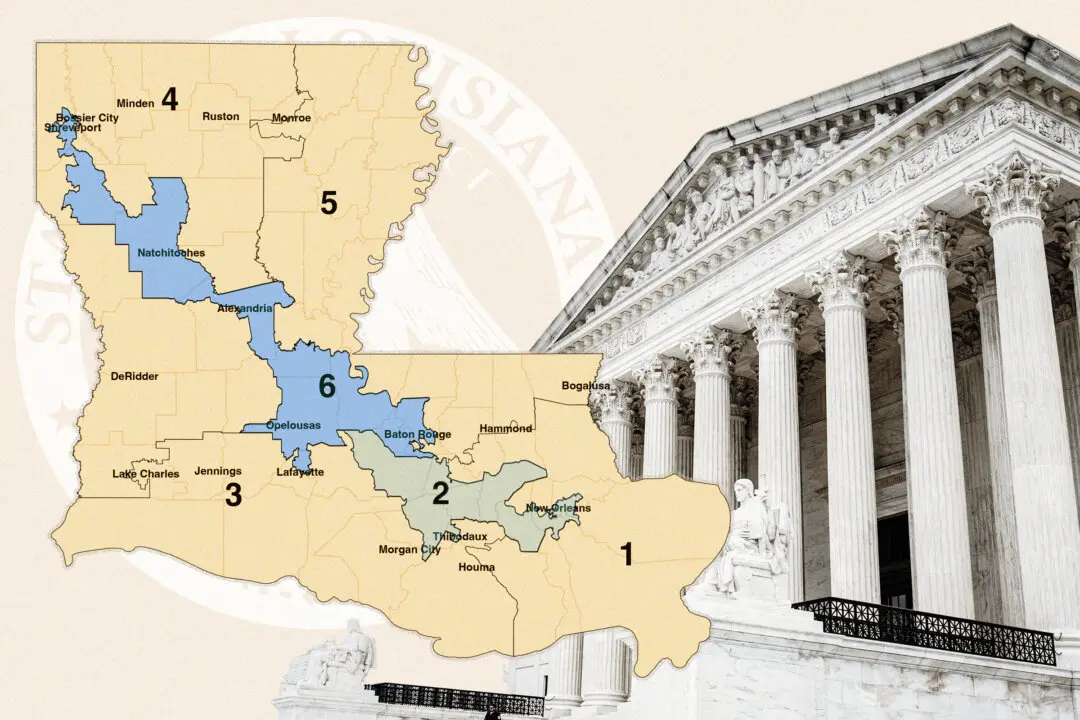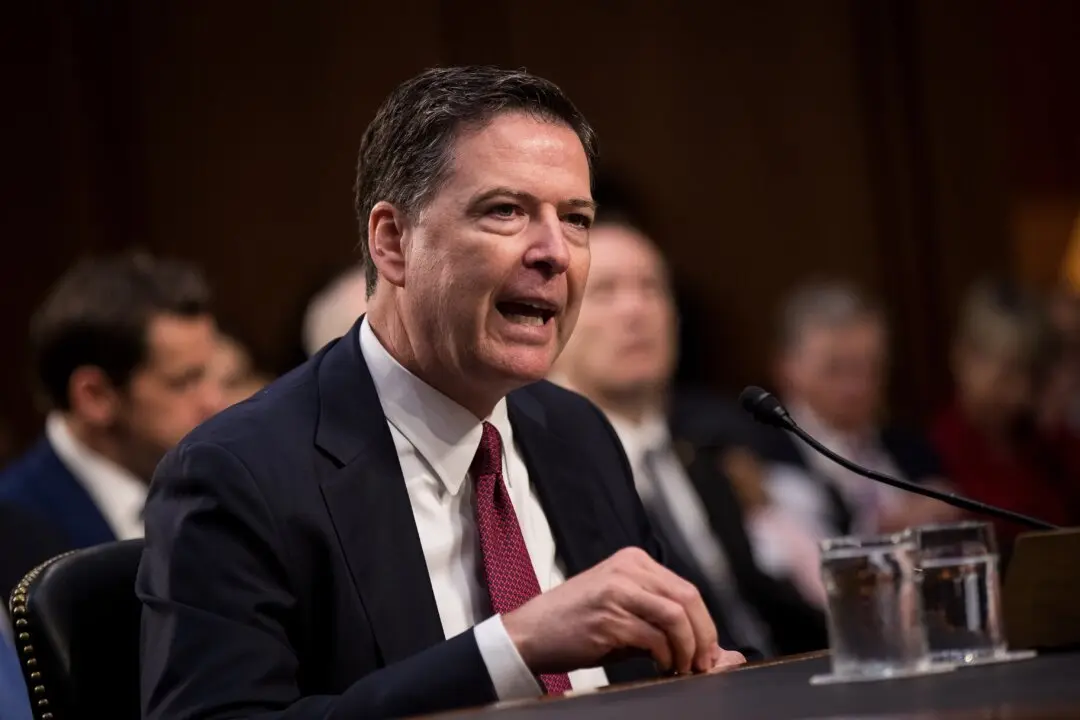The Supreme Court agreed Jan. 22 to hear arguments regarding the Trump administration’s partial ban on transgendered individuals serving in the armed forces, while at the same time, it lifted a lower court’s injunctions preventing the policy from coming into effect.
The ban was unveiled by President Donald Trump in July 2017. Jim Mattis, the secretary of defense at the time, then developed a more detailed policy. Critics of transgenders serving in the military say their unique personal situations are a distraction that lessens the effectiveness of the military as a fighting force.





